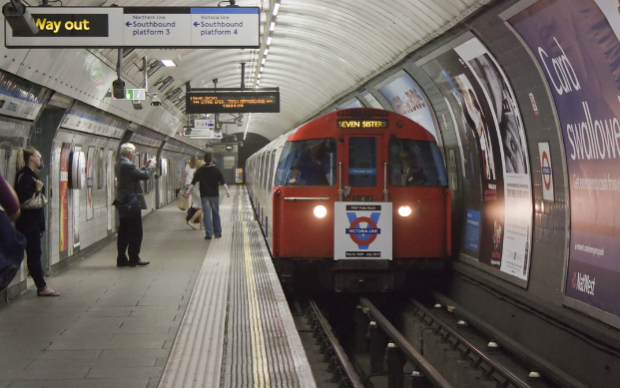London is a city that’s experiencing a distinct rise in certain kinds of crime. In recent months, the authorities have resorted to daubing the pavement on Oxford Street with a large purple stripe, and a reminder to ‘mind the grab’.
The capital is responsible for an incredible 16% of all phone thefts recorded in Europe – and, as we’ll see, it isn’t just phone theft that we need to worry about.
If you’d like to lower your risk, and feel more confident in going about your business in the city, then there are a few precautions worth taking.
Situational awareness and street safety
To begin with, it’s worth being aware of your surroundings at all times. Don’t walk while you’re using your mobile phone, and keep valuables hidden. Be aware of the moments of greatest risk. If you’re walking through an area that’s busy, then you might be vulnerable – but the same arguably applies to areas that are quiet, or dark.
In London in 2024, around 100,000 vehicles were stolen. This makes it the second most dangerous area for vehicle crime, behind the West Midlands. Fortunately, help is available. UK firm Nextbase is a company that specialises in rear view camera equipment. It has partnered with top road cop Ben Pearson to help drivers avoid becoming one of the over 15,000 victims of car break-ins and theft from cars this December.
Home security and local neighbourhood strategies
You aren’t just at risk when you’re moving around the city. You’ll also want to take every precaution to keep your home as secure as possible. The good news is that this can be done without spending a huge amount. Install secure doors and windows, and consider cameras, alarms, and security lights. Being on good terms with your neighbours, and persuading them to take your post away while you’re on holiday, might also be worthwhile.
If you’re looking for products that will truly be effective, then it’s worth looking out for the ‘Secured by Design’ logo. This is the official police security initiative, and it’s partly there to accredit high-performing products.
Safe travel, transport and micromobility
When you’re walking or using public transport, you’re at greater risk. In some cases, you might suffer a personal injury as a result of a collision. This is particularly dangerous late at night. Avoid isolated bus stops and underground stations when you’re on your own at night. If you’re cycling, make sure that you wear reflective gear and a helmet.
It’s worth being aware that the rules of the road apply even if you’re not travelling in a car. Recent research shows 41% of e-scooter riders and 28% of cyclists run red lights at major London intersections. Make sure that you’re not part of this unfortunate statistic.
Emergency response, personal safety plans and awareness
Staying safe is often a matter of planning for the worst. Make sure that you understand how to react in an emergency, and that you have local police numbers saved on your phone. For major incidents like terror threats, it’s worth following the official advice, which is to Run, Hide, and Tell someone about it.








